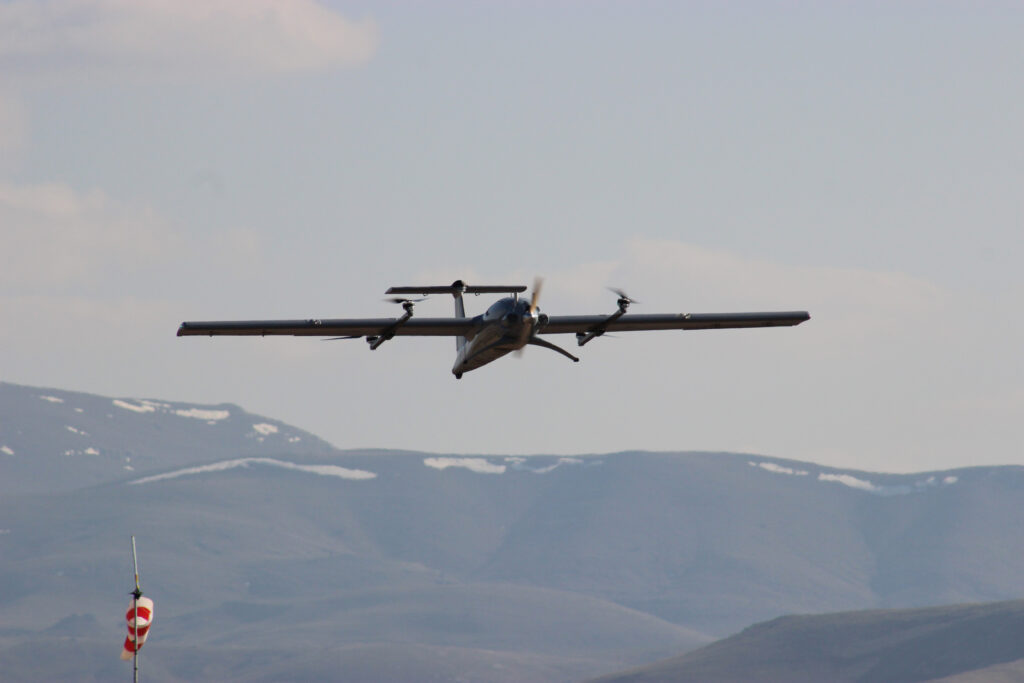ROBOTS for WIND FARMS
About Project
The inspection and maintenance of (offshore) windfarm installations is a big challenge for operators and service engineering representing a major economic activity. Robot technologies can help increase efficiency, reduce costs and keep workers out of hazardous conditions. The project will develop combined and integrated underwater-aerial cognitive robotic systems to assist human workers in inspection and maintenance activities. Specifically, it will integrate highly manoeuvrable underwater inspection and intervention robots with aerial robots for long range (several kilometres) and very accurate (sub-centimetre) close quarters inspection of the infrastructure capability. The project will base its technology on cognitive mechatronics. It will apply cognitive capabilities with blended human/auto control paradigms and will combine long-range remote operations with endurance and hovering relative to (moving/heaving targets) for local observations and manipulation involving force interactions while coworking with humans. The project will experiment, test and prove the developed technology in the field (at wind farms on shore and offshore above and below the waterline).



TEAM

Daniel Toal

Phillipe Santos

Edin Omerdic

Anthony Weir

HELIO MUSSELWHITE-VEITCH
TRIALS and RESULTS
Trialling of the UL OceanRINGS advanced flight control system for control the ROV with great precision close to seabed infrastructure, regardless of the disturbances such as strong currents and poor visibility. We also got great data that will allow us to develop autonomous approaches with integrated real-time sonar for the next field trials.
The Robots for Wind Farms project strives to reach TRL6. According to the project plan we will adjust, combine, and implement those elements into a new system prototype that will be demonstrated in relevant environments. Hence, Robots for Wind Farms will validate heterogeneous robotics and related technologies outside the laboratory, thus providing steps from TRL4 and TRL5 to TRL6, which in turn will lower barriers for deployment of robotics solutions in other areas.


This project has received funding from the Research, Development and Demonstration Fund from the Sustainable Energy Authority of Ireland (SEAI).

